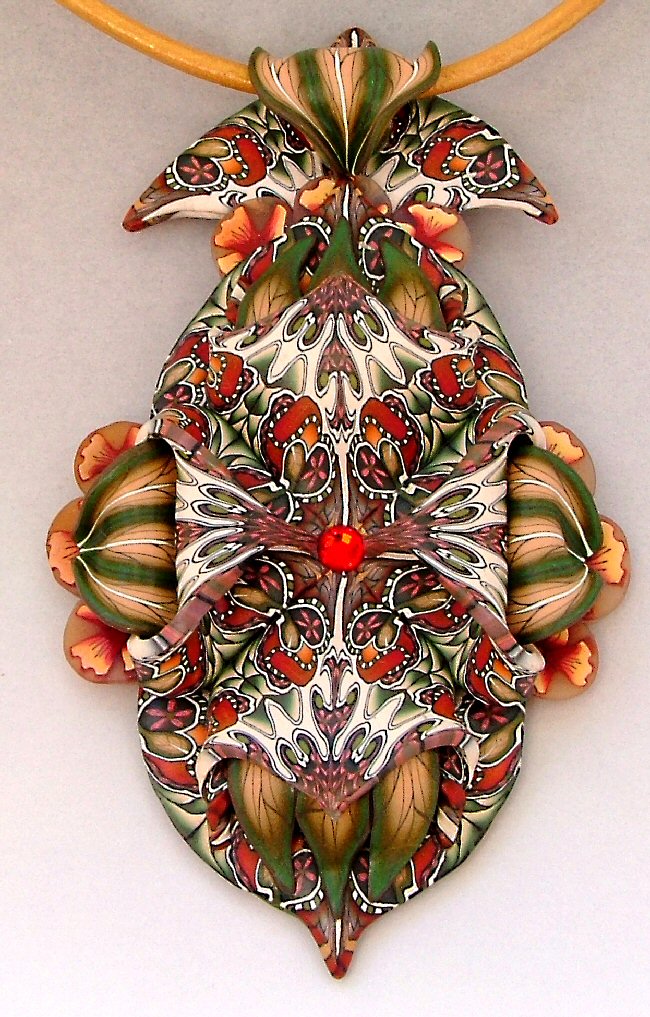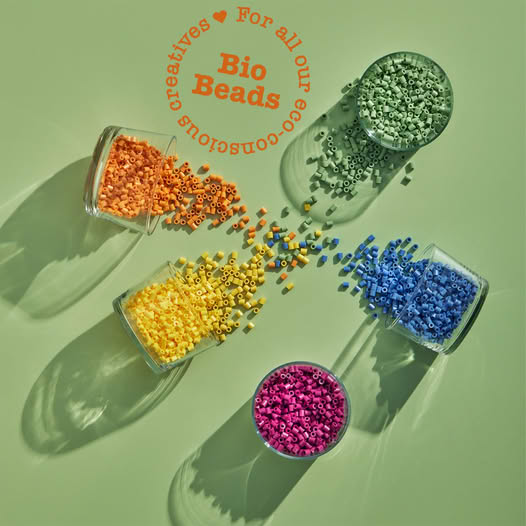 Today we meet Jana Roberts of JRB Art & Design. She is an EXTRAORDINARY polymer clay artist. She creates these AMAZINGLY organic pieces that look like wild sea creatures. (pictured above). So lifelike, you want to gently hold one and pet it! Then, she alsoshe does the most technically precise millefiore work that looks like psychedelic kalidescopes in 3D!! AMAZING! She is really pushing the envelope about how polymer clay can be used in artwork.
Today we meet Jana Roberts of JRB Art & Design. She is an EXTRAORDINARY polymer clay artist. She creates these AMAZINGLY organic pieces that look like wild sea creatures. (pictured above). So lifelike, you want to gently hold one and pet it! Then, she alsoshe does the most technically precise millefiore work that looks like psychedelic kalidescopes in 3D!! AMAZING! She is really pushing the envelope about how polymer clay can be used in artwork.
How did you start doing jewelry/beadmaking as a business?
I have always loved beads and beading, so began many years ago making seed beaded bracelets, and earrings. It wasn’t until I began using polymer clay in earnest, that I turned jewelry making into a business..
Do you remember the first piece of jewelry you ever made? Oh, boy, I don’t, but I’m certain I was very small, and likely made it from flowers and twigs while playing “Fairy House” with my sister in the bushes and trees outdoors! Then I moved on to using real, wooden beads as a BlueBird and Camp Fire Girl…that’s the first time I remember actually making jewelry. I was always weaving fibers to create bracelets, as well (this was in the early 70’s, so my macrame bracelets were very ‘in vogue’..lol).
You are stuck on a desert island for a year and can only take 5 things to make jewelry with-what would you take? Pasta machine, clay, brayer, cutting blade, oven (is there electricity on this island???)…if not, I’ll cure my clay in the sun 🙂
What material would you like to work with/or what skill would you like to learn that you haven’t yet?
Oh, my list is long. I have long wanted to work with glass, especially lampworking. I also would love to do metal working (I wanna play with a torch!) and also, paper marbelling…that’s not jewelry related, but the effect is so beautiful and I’d love to try my hand..
What do you do when you aren’t making jewelry? I am an avid hiker (snow-shoer in the winter) and love to be outdoors exploring. I’m also a dedicated reader, and lover of information, learning and ideas.
Where can readers find more out about you? More of my work can be found: www.janarobertsbenzon.com, I also have a flickr page, and will have my etsy shop up in the near future. I sell my items at the Boston Museum of Fine Arts Gallery, and also have two instructional DVD’s available, “Arabesque Caning”, and “Secret Shapes Inro”. Folks can see how to purchase those by visiting my website.

